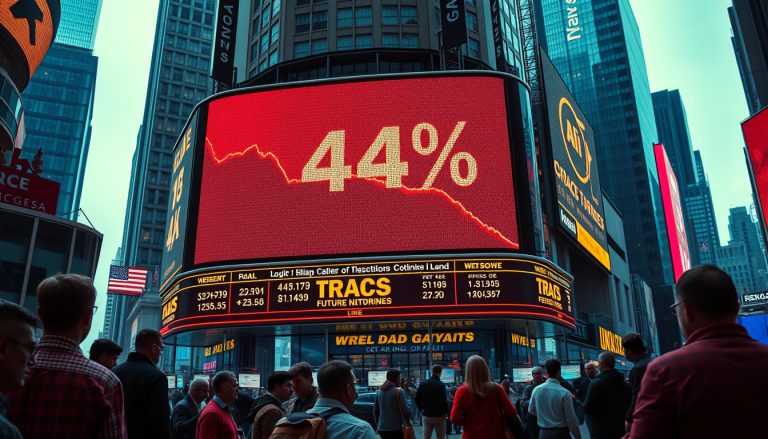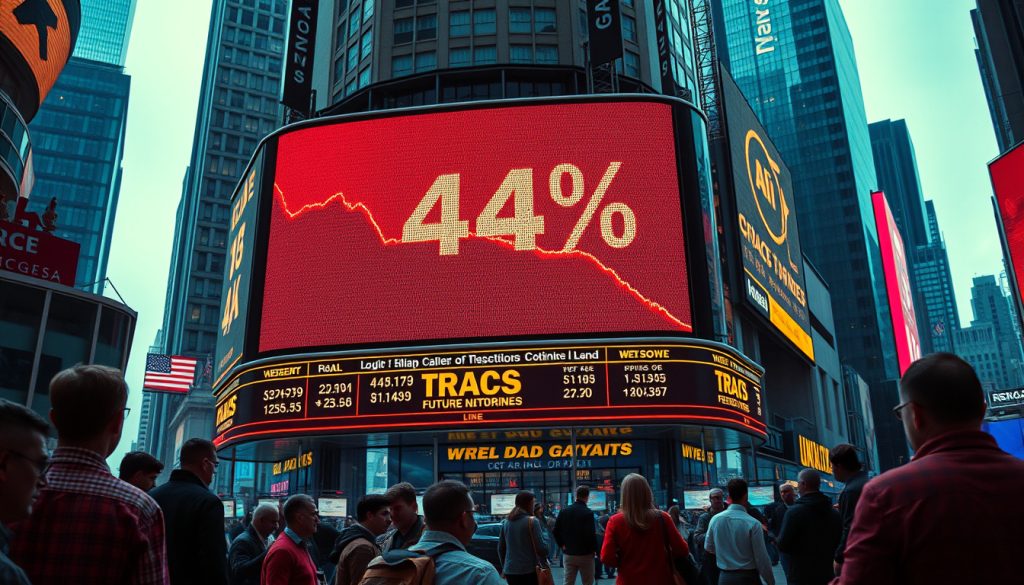The biotech landscape is experiencing a dramatic transformation as we enter 2025, marked by a significant rise in what are termed ‘megarounds’—venture capital funding rounds of $100 million or more.
With a staggering 75% of the $4.1 billion private biotech investment tracked in the first quarter classified as megarounds, the median biotech venture round has surged to an impressive $93 million.
This shift signifies a strategic pivot among venture capitalists (VCs) toward making fewer yet larger investments, providing startups with the financial stability needed to navigate the complex journey to commercialization.
Key investments, such as the remarkable $600 million round for Isomorphic Labs and the $411 million Series A for Verdiva Bio, highlight the trend’s momentum.
However, while the appetite for substantial funding may offer immediate advantages, potential headwinds loom on the horizon, including investor sentiment and regulatory uncertainties that could impact future funding dynamics.
In this article, we will explore the emergence of megarounds in biotech financing and the implications for startups striving to thrive in this evolving ecosystem.

Key Takeaways
- The biotech sector is experiencing a trend towards larger funding rounds, with three-quarters of investment classified as ‘megarounds’.
- High-profile investments, such as Isomorphic Labs’ $600 million, highlight the growing preference for fewer but bigger bets from venture capitalists.
- Despite current optimism, investors remain cautious about potential challenges, including public market sentiment and regulatory uncertainties.
The Surge of Megarounds in Biotech Financing
In recent years, the biopharma landscape has witnessed a remarkable transformation, particularly evident in the surge of megarounds in biotech financing.
As of the first quarter of 2025, the median venture capital round in biotech has remained robust at $93 million, a figure that underscores a significant trend towards larger funding rounds in the sector.
An astounding 75% of the total private biotech investment, amounting to $4.1 billion, fell into the ‘megaround’ category, where funding exceeds $100 million.
This strategic pivot among venture capitalists (VCs) towards making larger, more concentrated investments reflects a growing preference for stability, enabling startups to focus on scaling their operations without the immediate pressure of additional fundraising.
Notable investments in this arena included a staggering $600 million directed to Isomorphic Labs and a noteworthy $411 million Series A funding for Verdiva Bio.
Furthermore, the number of megarounds doubled from 42 in 2023 to 72 in 2024, signaling heightened confidence in the sector.
A substantial portion of these investments has been funneled into biotech firms with roots in China, driven by the prospect of lower costs and increased efficiency in clinical trial launches.
However, amidst this flurry of activity, some investors are growing wary, anticipating a possible deceleration in the face of negative sentiment from public investors and regulatory challenges posed by recent FDA upheavals.
These high valuations gleaned from hefty funding can also pave the way for complications down the line, particularly when companies pursue public offerings, which may lead to lower valuations or even down rounds.
Thus, while the current environment suggests a temporary rebound in biotech investments, it is met with a cautious outlook regarding future dynamics.
Challenges Ahead for Biotech Startups
In the rapidly evolving biopharma industry, the interest in biotech startups is surging, propelled by significant venture capital funding.
Yet, the sector is not without its challenges.
While the trend toward larger funding rounds offers promising capital influxes, it also presents hurdles for startups aiming for public offerings.
High valuations from megarounds can lead to unrealistic expectations, resulting in potential down rounds should the market shift unfavorably.
Additionally, investor sentiment has been dampened by public market volatility and regulatory uncertainties, particularly following recent changes at the FDA.
Companies that have benefited from these large investments must navigate this complex landscape carefully, balancing the need for growth with the realities of a turbulent financial environment.
Moreover, with many startups relying on candidates from China for their clinical trials, fluctuations in regulatory approvals could also impact their operational timelines and financial projections.
As the market matures, biotechnology companies will need to employ strategic foresight to leverage the existing opportunities while preparing for potential headwinds.















